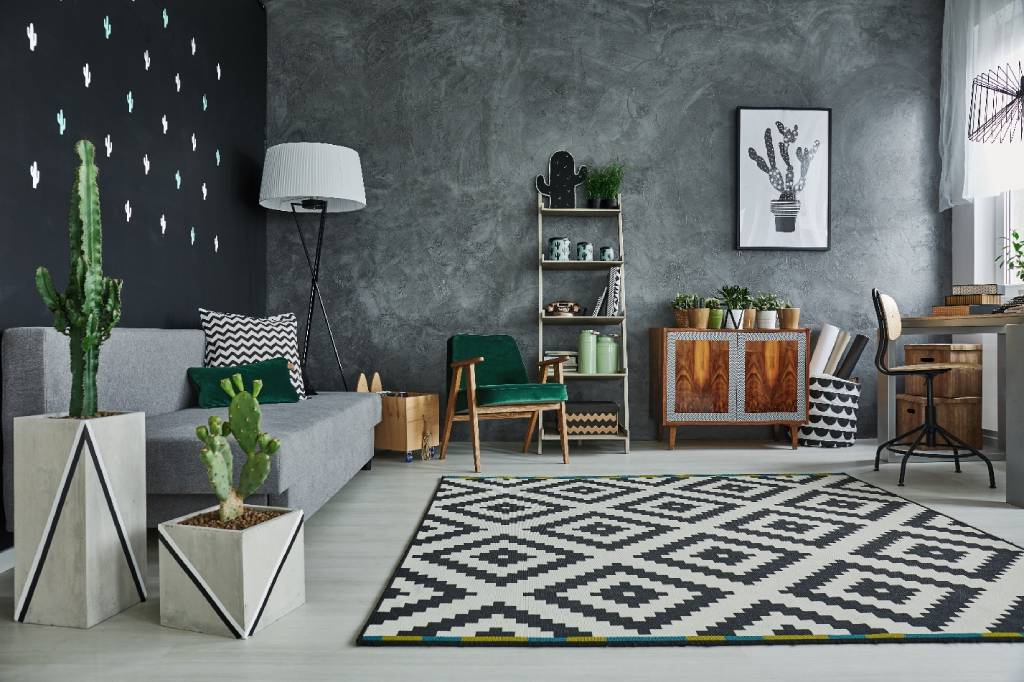While working on interior design, the first thing that comes to our mind is creativity. It is surprising to know that there is a degree of science involved in it. The best interior designers in Chennai follow a set of rules with interior design principles and elements. The elements include colour, space, texture, line, forms, light and patterns. Keeping the elements in a balanced way is the key to creating a pleasing interior. Make these elements work together to have increased functionality which in turn enhances the appearance of the room. Follow these seven elements to create the best interior design.
Space:
The fundamental concept to understand in interior designing is the space. One must take advantage of the space available to us and make use of the physical boundaries of the room. The interior designer has the luxury of working with the three-dimensional space.
Line:
The horizontal, dynamic and vertical lines help to shape up the room and guide the eye. One can create lines with the help of the furniture available in the room to have unity and harmony. Interior designs have a balance by incorporating different lines. Horizontal lines give a sense of efficiency and stability. While the vertical lines created for windows and doorways give strength of freedom.
Light:
Natural light is a crucial aspect of space. Without this, the other elements cannot shine to their fullest potential. Light can be divided into three categories, such as mood lighting, accent lighting and task lighting. It is important to focus on the activities associated with the light in terms of quality and quantity. The interior decorators in Chennai know the importance of lighting that gives the right intensity to any design.
Color:
Color is a science that matters most in interior design. It has the ability to create mood, unity and gives the right perception. The skilled designer ought to understand the psychology behind every color and use it appropriately. Color in itself is able to stir emotions, evoke memories and stimulate a physical response in our bodies. Small spaces use lighter and brighter colors, while larger spaces use dark colors.
Texture:
The texture is associated with the tactile surface of an object. It is an element that is overlooked but brings a unique dimension to the space. Texture brings attention to every small detail from fabric to furniture. It gives a warm look to the eye.
Pattern:
The pattern gives a similar use as of the texture. It gives an appeal to the room. The pattern is often created with a repetitive design. It comes in various types and designs.
Therefore, interior designers in Chennai considers all these key aspects before designing a room.

